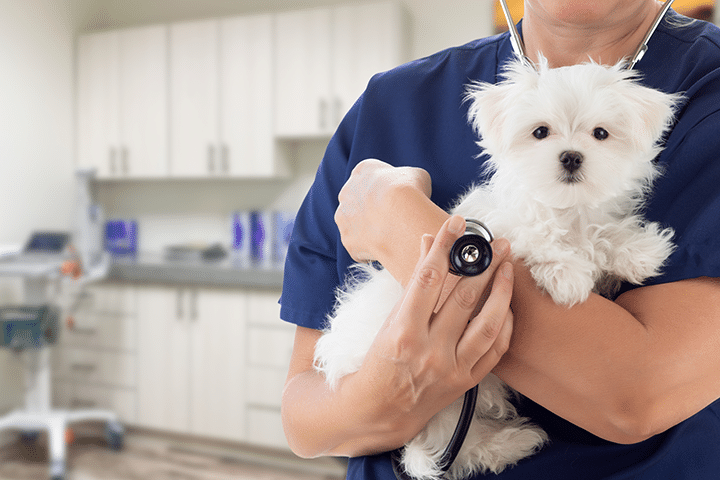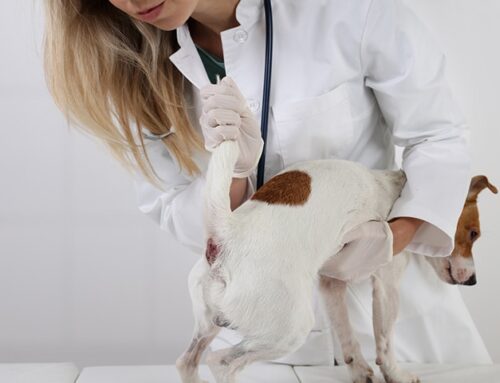Is Spaying or Neutering Safe for My Dog? Risks vs. Benefits Explained
Top 3 Takeaways – Dog Spay and Neuter: Risks vs. Benefits
Introduction
Deciding whether to spay or neuter your dog is an important and sometimes emotional decision for pet owners. At Bliss Animal Hospital in Lake Forest, CA, we frequently hear questions like: “Is neutering safe for male dogs?” “Does spaying increase the risk of joint problems?” “What’s best for my dog’s long-term health?”
The truth is, while spay and neuter surgeries are routine and widely recommended, they’re not entirely without risk. The key is understanding those risks, weighing them against the benefits, and making an informed decision based on your dog’s age, breed, lifestyle, and health history.
Let’s walk through the most up-to-date veterinary insights on spaying and neutering—so you can decide with confidence.
What Are the Medical Benefits of Spaying and Neutering?
Spaying and neutering are considered preventive care for dogs, with proven health benefits:
Spaying (Females)
Neutering (Males)
In most dogs, these benefits far outweigh the risks, especially when surgery is done at the right time in life.
Behavioral Benefits of Spay and Neuter
Sterilization is not a “magic fix” for behavior problems, but it can significantly reduce certain hormone-related behaviors:
| Behavior | Effect of Spay/Neuter |
|---|---|
| Roaming or escaping | Strongly reduced in neutered males |
| Mounting/humping | Often reduced, especially in younger dogs |
| Urine marking (indoors/outdoors) | Often decreases, especially if neutered early |
| Dog-on-dog aggression | Can improve, particularly with male dogs |
| General anxiety or reactivity | Not directly affected by sterilization |
Early sterilization (before sexual maturity) tends to be most effective in reducing unwanted behaviors.
Are There Risks to Spaying or Neutering My Dog?
Yes—but the risks are generally small and manageable, especially when the procedure is done by an experienced veterinarian and with appropriate post-operative care.
Common Short-Term Risks
These risks occur in a small percentage of dogs and are typically treatable.
Long-Term Considerations (Breed-Specific)
Recent studies have shown that timing matters, particularly for large and giant breeds:
| Breed/Size | Recommended Spay/Neuter Age | Why? |
|---|---|---|
| Small breeds (<25 lb) | Around 6 months | Low orthopedic risk, high benefit from early sterilization |
| Medium breeds | 6–9 months | Balanced timing for behavior and growth |
| Large breeds (>50 lb) | 12–18 months (after growth plate closure) | To reduce joint problems, certain cancers |
In breeds like Golden Retrievers, early sterilization (before 1 year) may increase the risk of certain joint conditions and some cancers. These findings are still being researched and should be balanced with lifestyle and behavioral risks.
Myth-Busting: Common Misconceptions About Spay/Neuter
“My dog will gain weight.”
Partially true. Spaying or neutering can slow metabolism slightly, but weight gain is due to overfeeding and lack of exercise—not the surgery itself. Adjusting calories post-surgery is key.
“It’s better to let my female dog have one litter.”
False. There’s no medical benefit to letting a dog have a litter before being spayed. In fact, early spaying provides the most protection against mammary tumors.
“My male dog’s personality will change.”
Mostly false. Your dog’s core personality will remain the same. What often changes are hormone-driven behaviors (e.g., marking, roaming), not affection, intelligence, or playfulness.
Who Shouldn’t Be Spayed or Neutered Right Away?
In a few specific cases, delaying sterilization or choosing not to spay/neuter might be medically appropriate:
We evaluate each patient at Bliss Animal Hospital based on breed, age, and health history before making a recommendation.
What About Alternative Options Like Vasectomy or Ovary-Sparing Spay?
Some pet owners explore sterilization alternatives that preserve hormones. These include:
These options are less common and not routinely offered. Always discuss pros and cons with your veterinarian.
Conclusion
Spaying or neutering your dog is a medical and ethical decision. While no surgery is completely without risk, the overwhelming majority of dogs recover well and benefit from sterilization—especially when it’s timed appropriately and performed by a skilled veterinary team.
At Bliss Animal Hospital, we believe in tailoring our recommendations to each patient. We’re here to answer your questions, explain your options, and support you every step of the way.
Call to Action (CTA)
Schedule online or call us at (949) 354-5201 to book your appointment today.
Dog Spay and Neuter Services in Orange County, CA
Meet Our Team
The blissfull faces behind the care
Driven by compassion and purpose, here is the team who will work to make a difference in your pet’s life. Every single visit.


What your neighbors are saying!
Areas we Serve at Bliss Animal Hospital:
“Better Care. Better medicine.” This is our motto, and our veterinary staff stands behind it.
Bliss Animal Hospital is conveniently located at the Home Depot Plaza in Foothill Ranch, less than a 10-minute drive from the neighborhoods of Lake Forest, Rancho Santa Margarita, Mission Viejo, and Irvine (Great Park and Portola Springs). We also serve more distant regions like Tustin, Coto de Caza, Las Flores, Ladera Ranch, Laguna Hills, Laguna Woods, Stonegate (Irvine), Woodbury (Irvine), and Cypress Village (Irvine).
Our vet hospital is ready to serve not only the communities of South Orange County but also anyone who truly believes that veterinary medicine starts with relationships.









Leave A Comment